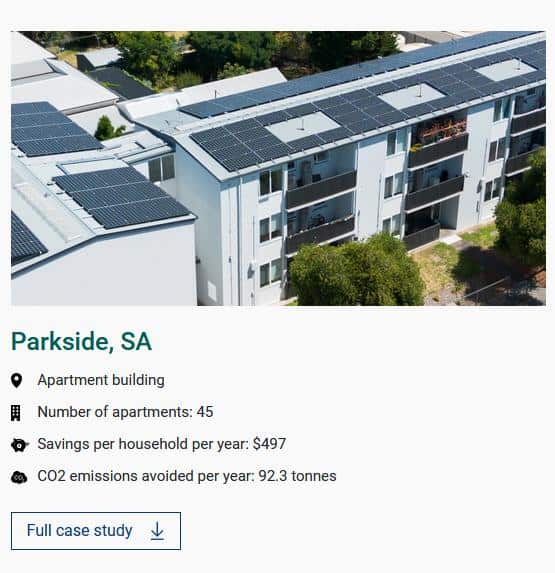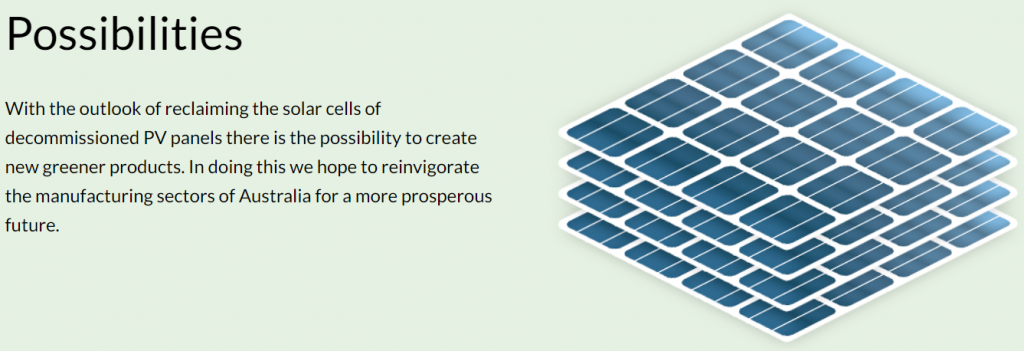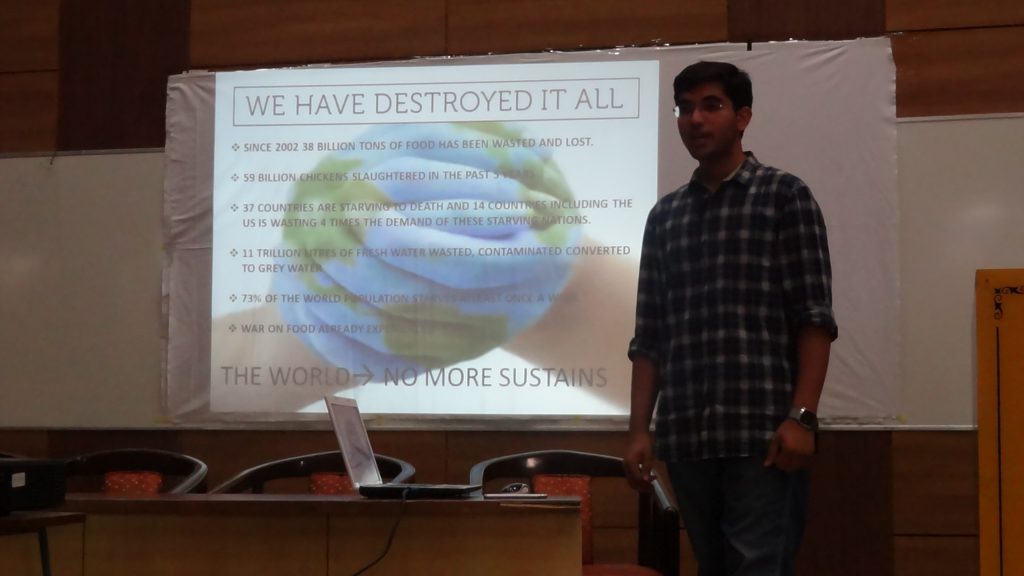SolShare Apartment Solar: Empowering Communities Through Collective Solar Energy
As the world shifts its focus towards sustainability and combating climate change, renewable energy sources like solar power have emerged as a key solution. In urban environments, where space is often limited, harnessing solar energy can be challenging. However, a transformative solution called SolShare Apartment Solar is changing the game. This article explores the innovative concept of SolShare Apartment Solar, its mechanics, benefits, and potential to reshape urban energy consumption.
The Concept of SolShare Apartment Solar
SolShare Apartment Solar introduces a novel approach to solar energy distribution in multi-unit residential buildings. Instead of relying on individual rooftop installations, SolShare harnesses the power of community by implementing a shared solar energy system that benefits all residents within a building.
At the heart of the system is a solar panel array installed on the building’s rooftop or other suitable spaces. These panels capture sunlight, converting it into direct current (DC) electricity. Advanced inverters then transform the DC electricity into alternating current (AC), which is the standard form of power used in buildings. The converted AC electricity is distributed to power common areas such as hallways, elevators, and lighting systems. Additionally, a portion of the generated solar energy is allocated to individual apartments, offsetting grid-based energy consumption and potentially reducing residents’ electricity bills.
According to John Reynolds, Chief Technology Officer at SolShare, “Our aim was to empower urban communities with a tangible and impactful way to contribute to clean energy generation. SolShare Apartment Solar does just that by seamlessly integrating renewable energy into daily living.”
Reynolds further emphasizes, “We believe in fostering a sense of shared responsibility for sustainability. Each resident becomes a stakeholder in a collective endeavor, contributing to a greener future for all.”
- produce 35 MWh of electricity
Advantages Beyond Energy Generation
SolShare Apartment Solar offers an array of advantages that extend beyond conventional energy distribution methods:
1. **Cost Savings:** Residents can experience significant reductions in their electricity bills, leading to increased savings over time.
2. **Environmental Impact:** By decreasing carbon emissions, SolShare contributes to a greener and more sustainable living environment.
3. **Community Engagement:** The shared solar model fosters a sense of unity among residents, as they collectively contribute to clean energy generation.
4. **Grid Resilience:** The integration of energy storage solutions, such as batteries, enhances the building’s ability to withstand power outages, ensuring uninterrupted energy supply.
5. **Property Value Enhancement:** Properties equipped with SolShare Apartment Solar may experience heightened value and attractiveness in the real estate market.
Challenges and Considerations
While SolShare Apartment Solar offers a promising solution, several challenges merit attention:
1. **Initial Investment:** The installation of solar panels and related infrastructure requires an upfront investment, potentially posing a barrier for property owners or management.
2. **Regulatory Complexities:** Navigating regulatory frameworks and addressing legal considerations can present challenges during the implementation of shared solar systems.
3. **Maintenance and Monitoring:** Regular maintenance and monitoring are crucial to ensuring consistent system performance and maximizing energy generation.
4. **Equitable Distribution:** Ensuring a fair allocation of solar energy among residents requires thoughtful strategies to promote transparency and equity.
5. **Technical Limitations:** Factors like rooftop space availability, local weather conditions, and shading can impact the amount of solar energy that can be generated.
Closing Thoughts
SolShare Apartment Solar stands as a trailblazing solution that transforms the way solar energy is harnessed within urban communities. By integrating shared solar arrays, individual apartment allocations, and optional energy storage, SolShare provides an avenue for sustainable living while reducing energy costs. As technology advances and awareness deepens, SolShare has the potential to become a common feature on rooftops, ushering in a cleaner, more energy-resilient future for urban living. Through innovative approaches like SolShare, communities can collectively pave the way toward a brighter, greener tomorrow.
Interested? Have a look at some case studies or learn more at the Allume energy website.






